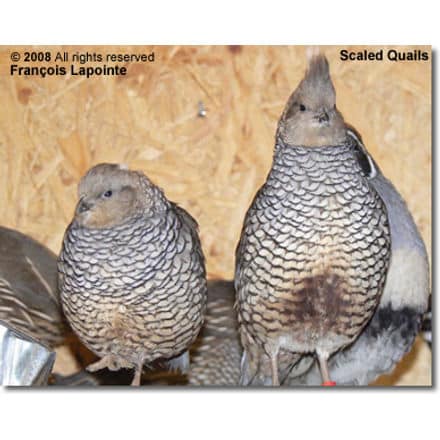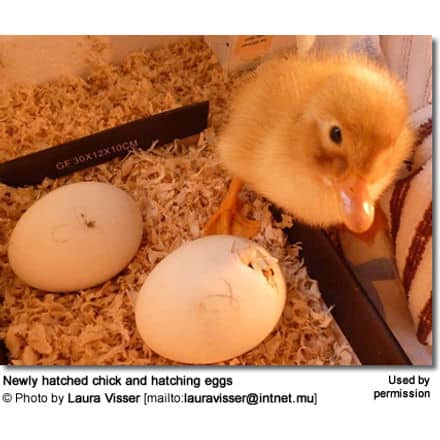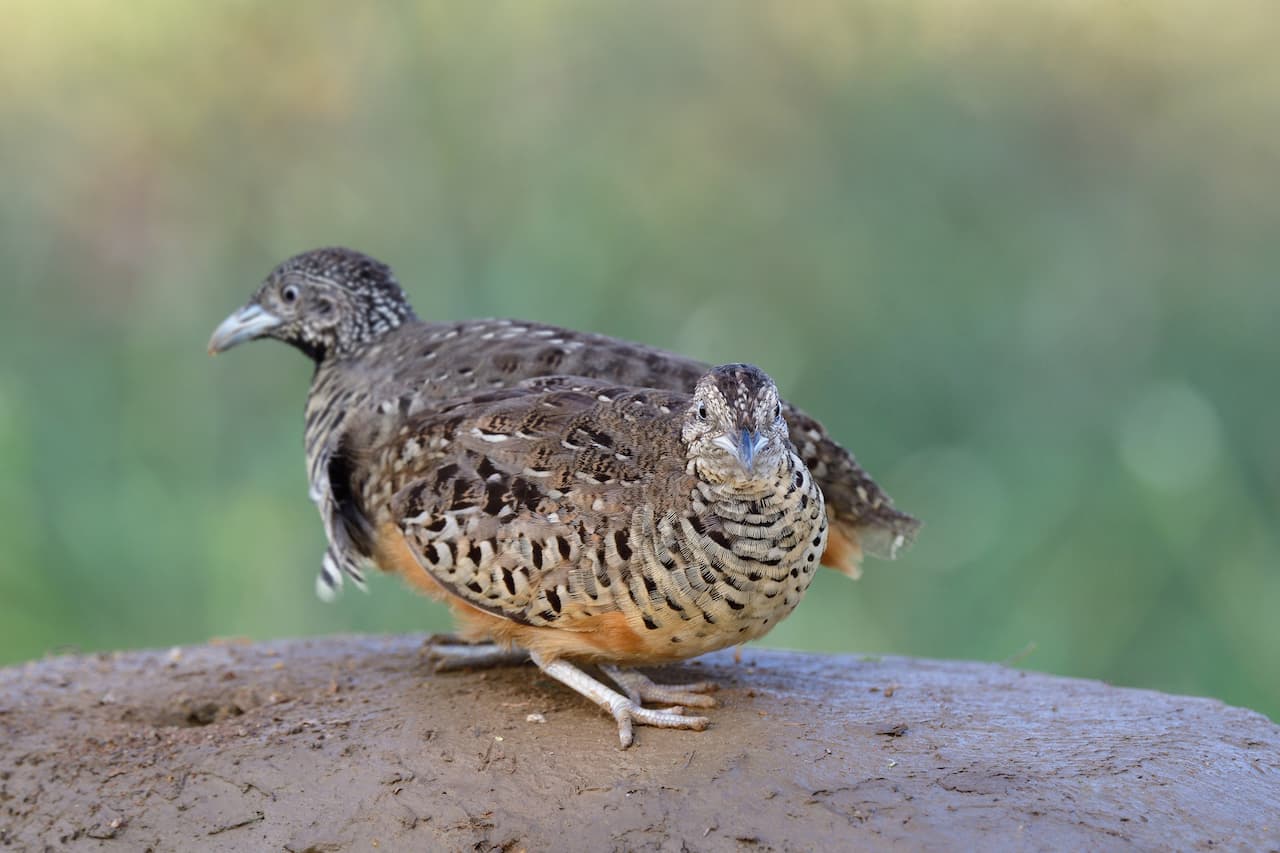African Quailfinches
The African Quailfinches (Ortygospiza atricollis) are part of the Estrildidae (Waxbills) family.
They are also known as Common Quailfinch, Black-chinned Quailfinch, Ground Finch, Partridge Finch, or simply Quail Finch. In France, they are called “Astrild-caille à lunettes.” In the German language, this finch is referred to as “Wachtelastrild”. In Spain, this finch is named “Astrilda Aperdizada”.
The species Ortygospiza Atricollis (African Quail Finch) falls into two groups: the Eastern Quail Finches and the Western Quail Finches. Below is a listing of species and their ranges:
-
- Western Quailfinches:
- O.a. ansorgei: Guinea to Ivory
- Coast O.a. atricollis: Senegal to Chad, North Democratic Republic of the Congo (formerly Zaire),
- O.a. bradfieldi: North Namibia
- O.a. digressa: Southeast Zambia, Transvaal, Natal, Cape Province
- O.a. miniscula: Northwest Zambia
- O.a. pallida: Botswana, Rhodesia
- O.a. smithersi: Northeast Zambia
- O.a. ugandae: South Sudan, Uganda, West Kenya
- Western Quailfinches:
- Eastern Quailfinches
- O.a. muelleri: South Kenya, Tanzania, Malawi
- O.a. fuscocrissa: Ethiopia
The main visual difference between these two groups is the white eye-rings that are present in the Eastern subspecies.
Distribution / Range
The African Quailfinch is common in almost all parts of Africa, except the far northern parts – its range stretching from Liberia to Lake Chad and from southern Sudan to Zimbabwe. Specifically is occurs in the following countries: Angola, Benin, Botswana, Burkina Faso, Cameroon, Chad, The Democratic Republic of the Congo, Côte d’Ivoire, Eritrea, Ethiopia, Gambia, Ghana, Guinea, Guinea-Bissau, Kenya, Lesotho, Liberia, Malawi, Mali, Mauritania, Mozambique, Namibia, Niger, Nigeria, Senegal, Sierra Leone, Somalia, South Africa, Sudan, Swaziland, Tanzania, Togo, Uganda, Zambia and Zimbabwe.
African Quailfinches are usually seen in pairs or small flocks; and they frequent open areas with patchy grass growth – often close to the water – including sandy grassland, marshes, farms, and croplands, as well as recently mowed areas.
Quailfinches are true desert birds that are mostly found on the ground foraging for food. But they also spend a good time perching on stones and dead wood, for example. When this shy species is approached, their initial response is to crouch and “freeze.” When flushed, these finches raise straight into the air and then drop straight back down to the ground – similar behavior has been observed in Quails.
Description / Identification
The African Quailfinches is about half the size of a house sparrow. It averages 3.7–3.9 in (9.5–10 cm) in length (including its tail) and weighs around 11 g or about 0.4 oz.
The plumage of the male African Quailfinch differs slightly from that of the female.
Males: The plumage is mostly grey-brown. The males of the eastern subspecies (O.a. muelleri of South Kenya, Tanzania, Malawi, and O.a. fuscocrissa of Ethiopia) have very distinct white eye-rings. They have a black mask covering the forehead, face, and throat, except for a small white patch below the lower beak. The tail and wing coverts are of a darker brown grey. The brown breast is lightly barred with white, whilst on the flanks the barring is more marked. The bill is red during the breeding season, though the upper beak changes to black when not breeding. Their feet are a dusky fleshy color with long, lark-like hind claws which are indicative of this species’ terrestrial nature.
Females lack the black mask of the male, and she is generally paler than the male. Outside the breeding season, her upper beak turns dark brown.
Juveniles are similar to hens but have fainter barring and a darker bill.
These finches walk, rather than hop (which differentiates them from other finch species).
Diet / Feeding
The African Quailfinches is a ground feeder and its staple diet consists of small grass seeds. Particularly during the breeding season, they seek out live food, such as insects, spiders, and worms.
Breeding / Nesting
The African Quailfinches is monogamous unless its mate dies, in which case it will seek out a new mate.
These finches build their dome-shaped nest made of grass stems and blades on the ground. The average clutch consists of 3 to 6 white eggs. Both parents participate in the incubation duties, though the female does most. The incubation period is about 14 days.
The young leave the nest about 19 to 20 days after hatching and are independent when they are about 30 days old.
Call / Vocalizations
Its call sounds like a metallic “trillink” or “chwillink.” Its song consists of a series of “click, clack, cluck” notes delivered rapidly and in succession.
Aviculture / Breeding
This finch is rare in aviculture, some of the reasons might be that they lack the colorful, flashy plumage of several of their African cousins or the fact that they are shy and flighty in disposition. Their remote desert habitat also makes them less accessible. However, once they are acclimatized they make charming and hardy aviary occupants.
As ground birds, it is important to provide them with a flat, suitable ground surface – optimally creating some sort of desert habitat for them. Some breeders keep these finches in large aquariums with sterilized sand on the ground and rough stones placed randomly across the floor (giving it a “desert ground appearance). Cleaning is simple, simply sifting the sand when needed. It is best to remove the birds when cleaning the aviary or enclosure (especially in small enclosures where they can’t get away from you).
These birds love to sunbathe, so a heat lamp (if no natural sunrays are accessible) is recommended. It should be situated at one end of the enclosure, to allow one “shady” side on the other side for these finches to get to when they get hot.
When the breeding season begins, provide long strands of Bermuda grass with which these finches will build their nest, as well as coco fibers and sterilized feathers as suitable nest liners. You can sterilize feathers by soaking them overnight in a mild bleach solution and allowing them to dry before offering them to your birds.
Their diet should consist of a good-quality dry finch mix with some extra canary grass seed added to it. Some live food, such as meal and wax worms and fresh egg food, is also recommended. During the breeding season, in particular, it is important to increase their access to live foods. It’s best to ration mealworms to one or two per bird per day outside the breeding season. Sprouted or germinated seeds are also cherished and offer highly superior nutrition to these finches.
Species Research by Sibylle Johnson
Finch Information … Index of Finch Species … Photos of the Different Finch Species for Identification … Common Health Problems of Finches … Finch / Canary Diet / Nutrition … Finch Data: Range, Length, Clutch-size and Incubation Periods for each Finch Species
Please Note: The images on this page are the sole property of the photographers (unless marked as Public Domain). Please contact the photographers directly with respect to any copyright or licensing questions. Thank you.





